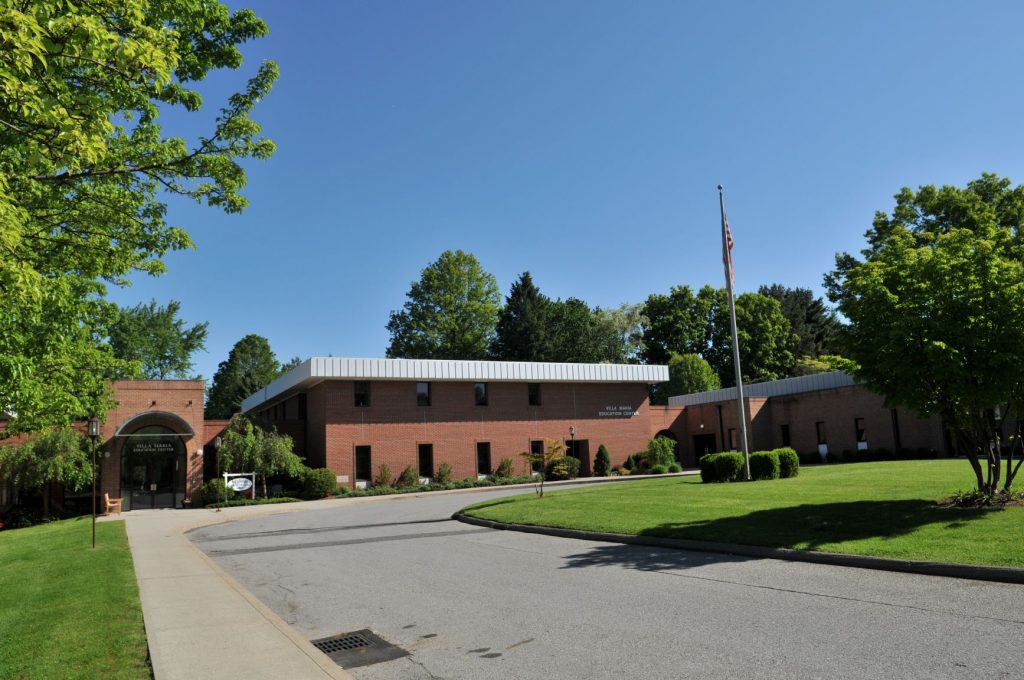
Congratulations! You’ve found the appropriate school for your child. Now comes the hard part – transitioning and integrating your child into his or her new school community, while ensuring that your child receives (or continues to receive) the supports and services necessary to his or her educational development. In addition, almost every school transition involves similar questions: how will my child become part of the community? For families whose children attend an independent special education school, this question is slightly more complicated. At a private special education school, issues of distance, transience, and resources all complicate the tradional ways in which a school community typically develops at a district public school.
Treat your new school like a long-term partner. My first and best piece of advice is one I haven’t always followed myself. It doesn’t matter if your child is going to be at his new school for two years or for ten – treat each school as if you are going to be a long-term member of the community. This goes for both you and your child. For your child, prepare him or her for entry into the new school by introducing him to a few of his new classmates. The school can help you with this, and it will help you meet some new and existing parents as well.
For parents, strive to be a full and active member of the community. Not only will this help you integrate with the other families that attend the school, this strategy will help you understand better “the ropes” of how to get things done in your new school and community. Parents can be involved in the school community by volunteering at various classroom events, for school-wide functions, for fundraisers, or with specific skills. Volunteering to help out or provide expertise is always a good way both to get to know the community and to get to know the school administration and staff. Volunteering also helps you get to know other parents and get to know the ropes of how to “get stuff done” in the new school environment.
Ask Questions! In our last post, we attempted to cover some of the issues that parents are faced with when searching for the right special education school for their child. The issues are varied and complex, and I’m sure we didn’t come close to covering them all. But as your child enters his new educational environment, one of the most important things for a parent to do and to keep doing is to ask questions. If you don’t understand, ask! If you are confused, ask! It doesn’t matter if you feel silly or stupid or like a less-than-on-the-ball parent. It’s the school’s job to answer questions. Just ask.
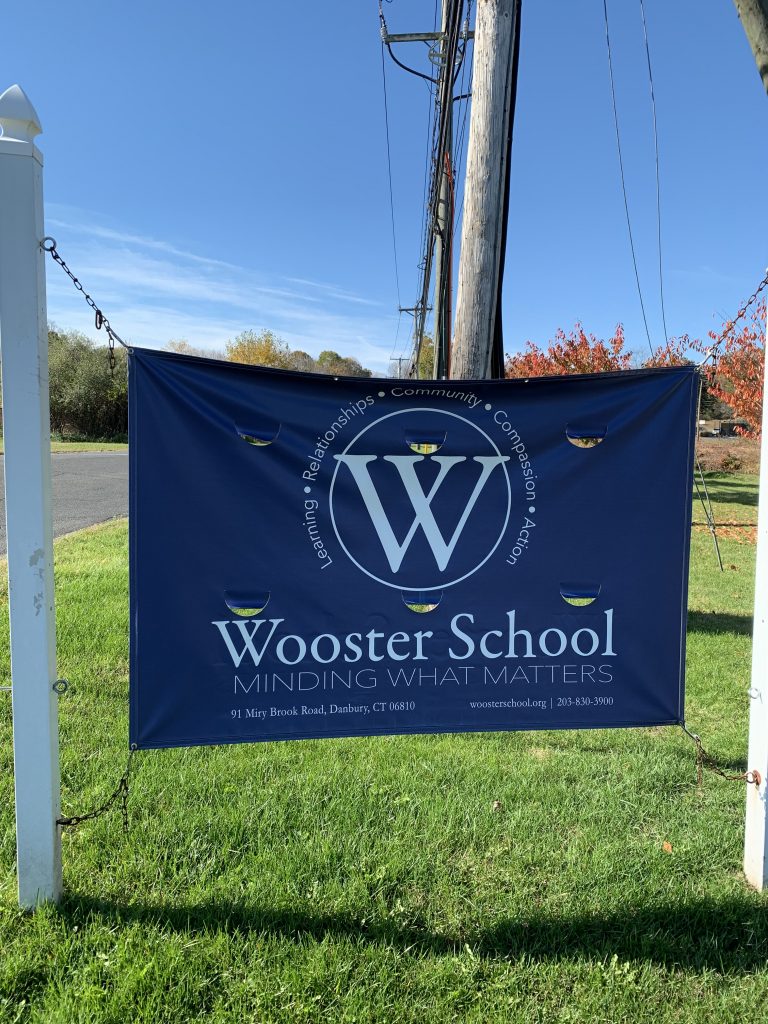
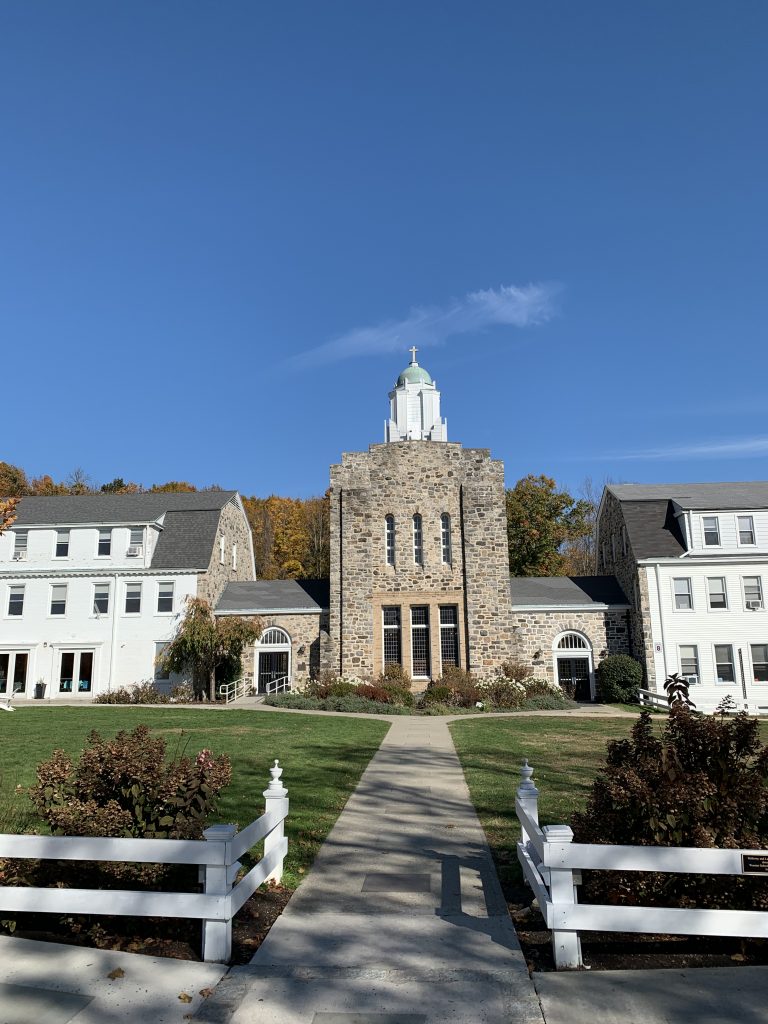
“Just ask” can work for things that your school might not offer right away. A lot of special education schools don’t have competitive sports teams – sometimes students with this particular type of learning profile don’t do well in competitive situations. Very often schools might choose not to offer sports programs because of physical limitations or other resource-based issues. However, if you think your child might benefit from a “team” activity which would help develop peer relationships with other students or help practice some of the skills he needs according to his IEP, you might try asking if the school would consider an after school “club” in lieu of a sports team. Cross country is a great club for kids and can serve many purposes not the least of which is athletic. Cross country is also relatively easy for a school to organize because essentially it is just running; I say “just running” not to denigrate running but because it is a lot less complicated to coach and run a cross country team than a football team. Plus, a lot of people run and you can usually find a runner on the school’s teaching staff who would be able to “coach” the team without too much additional effort.
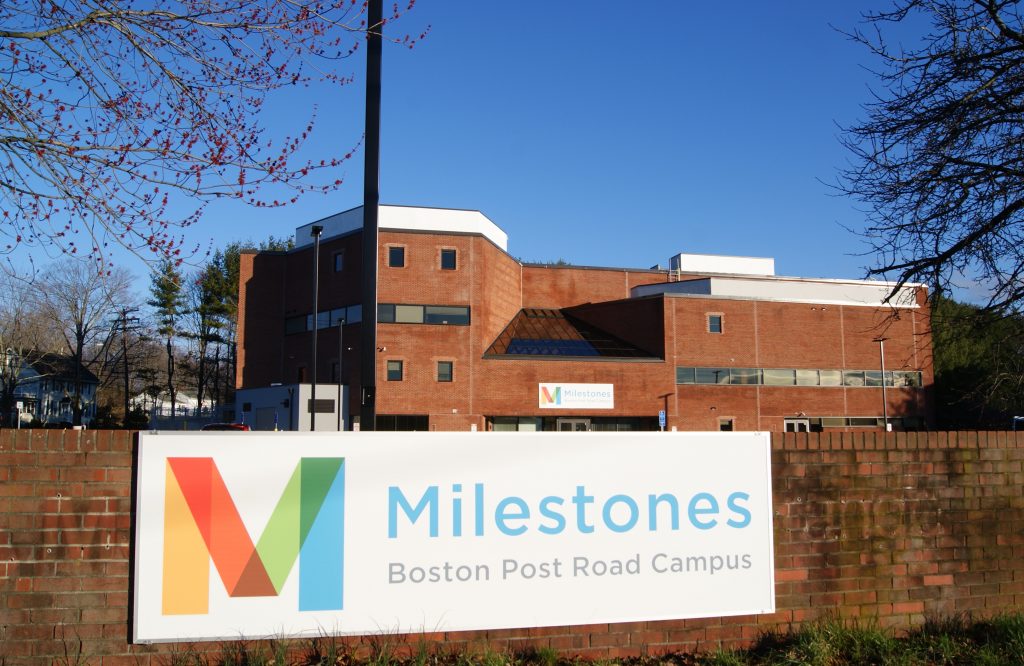
How will my child and family become part of the school community? A public school community is usually composed of families that live within a certain geographic region and attend the home elementary, middle, or high school in that area. The families share that geographic “neighborhood” connection, plus the understanding that the children will, in the best case scenario, grow up together and attend school through graduation with one another.
A private school community is different. Because a private school charges tuition to attend the school, anyone who can pay the tuition (and be accepted to the school) may attend that school and therefore the student body is not limited by geographic area. What draws a private school community together is commitment to the shared vision of the school and the students that the school serves. In the case of a private special education school, the community is further composed of students with the specific learning challenges that the school means to address with its specific expertise.
Because of the specific nature of the learning environment and also because of the expense of the private special education school, children very often only attend for a few years at a time. This is because many students matriculate back into the public school environment after their needs have been addressed in a more restrictive setting and supports have been developed to ensure their success in a more inclusive environment. Students that don’t transition back to their home district school may choose to move, after a year or two, to a less restrictive private special education school, if that alternative exists in the area. This results in a more transient school community for both students and families.
Because a private special education school offers a learning environment specific to a certain type of student, often the school will draw on families from a very wide geographic region. It is not uncommon for students that require a specialized learning environment to travel up to an hour each way to attend a school that is appropriate for their needs. This affects the student community in terms of social development because it is more difficult for students to get together outside of school because of sheer distance. Very often private special education schools will compensate for this geographic disadvantage by offering more activities for its students on campus and during/just after school hours.

When my son enters a new school, I usually ask the school for a directory so I can get a sense of what other students live nearby. This is important for carpools, playdates, getting together with friends, etc. The school can also help introduce your child to another student of the same age and hopefully interests that he or she can meet before school starts to ease the entry to the school.
At private schools serving typical children, the school will typically have a very structured “welcome program” for entering families, because most students will join these schools during specific years of entry (Kindergarten, 6th grade, 9th grade). There might be an ice cream social for entering families to meet one another. There might be a “host family” program where one “veteran” family is paired with a new family to serve as mentors, answer questions, and provide the new student with a familiar face on the first day. Most special education schools don’t have these structured welcome programs, because entry years are all different and sometimes students enter midyear due to rolling admissions, issues at their district school, or issues at other special education schools or programs.
Does advocating for my child differ at a private special education school versus our district school? Trust is hard – for both the parent and the child. Many times students end up outplaced in a private special education setting after a long and costly battle with the school district, which followed a long and traumatic period of failure in the district school. It is not uncommon for students and parents to feel shell shocked after such an experience. It may take some time – a “reset period” as one school administrator termed it recently to me – to build a collaborative relationship between parents, school administrators, therapists, and teachers.
Your child’s new school may have different methods of implementing goals and defining targets for your child and they will likely differ from the methods employed by your district school. Be patient and ask questions. They might have a very formalized method of assessing progress and collecting data, or they might have a method that is more fluid. Make sure that their plan and the goals and objectives of your child’s IEP agree. While it is important to allow the school time to learn about your child and implement the appropriate strategies and goals, it is also important for parents to continue to advocate collaboratively for their child in the new outplacement setting.
Communication, communication, communication. For some families, it can be difficult to downshift from the relationship that they have had with their district school once their child has been outplaced to an independent special education school. Families should adopt the practice of communicating with their district schools and representatives over email in order to maintain written records of the communication. However, communicating with your new outplacement school is going to be different than communicating with your district school. If you have had a more combative relationship with your district school, remember that your new independent special education placement isn’t necessary privy to, or a part of, all that backstory. I believe firmly in written communication and email and I believe in making sure everyone is on the same page whether that page be on an IEP or on a progress report specific to your school, but the outplacement school is not the district school and your method of communication should adjust accordingly.
Remember that, for some students, a specific outplacement is not necessarily permanent. Your student’s goals and objectives plus your student’s progress against those goals and objectives need to be measured each year. Many children will make tremendous progress within a given time frame and be prepared, with scaffolding and support, to return to their district school within a year, two years, or three years’ time frame. Other children may improve to the point where another educational outplacement providing less support makes sense in their continued growth and development as a stepping stone to their eventual return to the home district school. Still other children will remain in the outplacement for the remainder of their educational career.
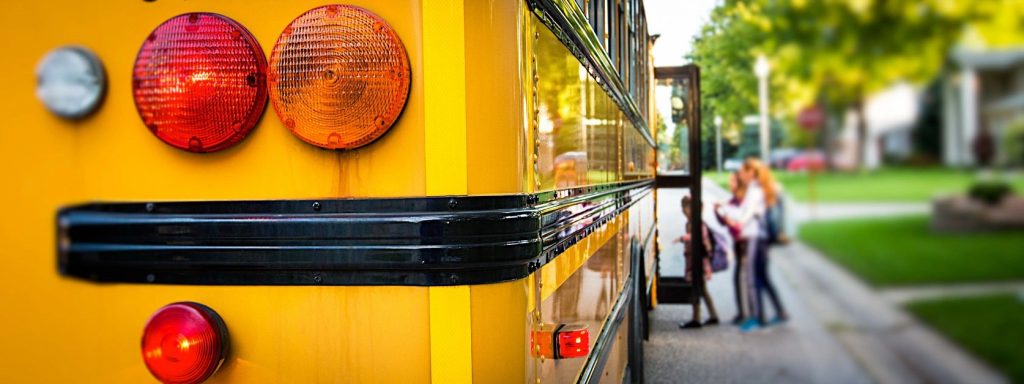
What about transportation? Transportation is a blog post in and of itself so we are just going to touch on it very lightly here. In New York, transportation is generally provided to all students public or private within fifteen miles of the student’s home (except for certain municipalities including New York City and White Plains). In Connecticut, cities and towns generally provide busing to public schools within the school district subject to some limitations and in some cases to may provide transportation to independent schools within the school district provided that the school population is mostly comprised of families from that district. But for Connecticut families, very often placements do not include transportation for the student, and parents end up driving a lot as a result. If it is not specifically covered in your IEP or settlement agreement, check with your school district’s special education department and with your district’s transportation department for specifics on transportation to and from your child’s placement.
If your child attends an out-of-district school and has transportation to that placement, take note! One weird thing about transportation is that even if you do have it specified in the IEP or settlement agreement, the bus schedules are governed by the home district providing the transportation and not by the schedule of the independent school that your student attends. Say for example that your school district has 6 inches of snow and calls for a snow day, but the special education school that your child attends is 45 minutes away and had no snow so doesn’t call for a snow day. Your child’s school is in session, but there’s no bus to take him there and bring him home. What happens then? Well – you’re driving him that day. Or staying home.
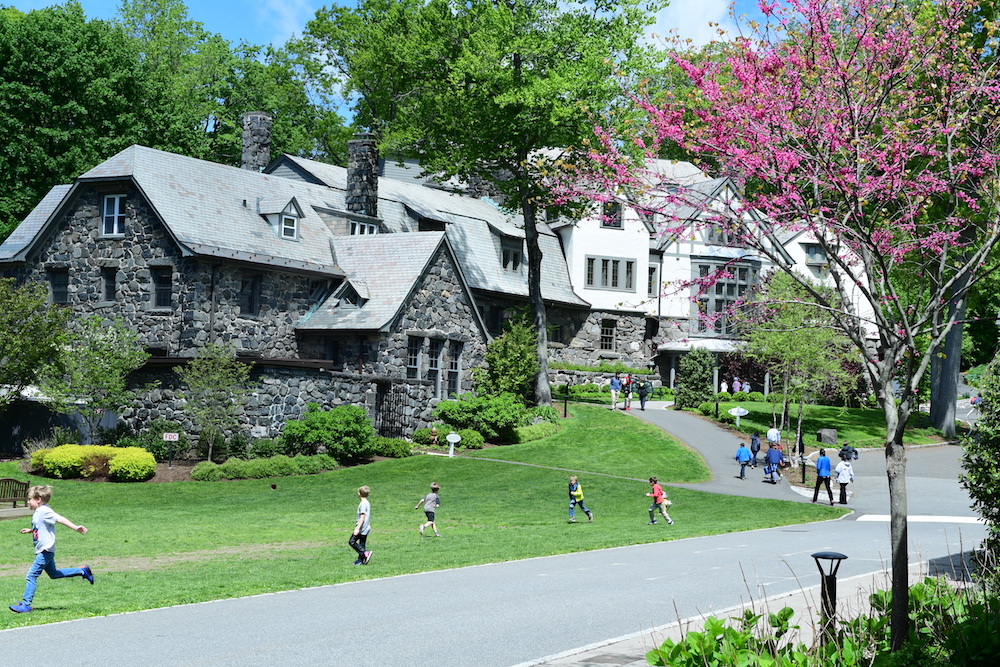
What are my town’s busing rules? Your town might have particular rules about transportation if it provides busing to private in-district schools for children that live in the school district. But these rules are fuzzy, and subject to change. This past summer, parents at Eagle Hill School in Greenwich received a nasty shock when the Greenwich Board of Education voted to rescind busing of town students to Eagle Hill School, despite retaining busing for a variety of other independent non special education schools in town. Greenwich Public Schools informed Eagle Hill School that the district would not provide busing because the school’s population of students who live in Connecticut was at 47.3% and cited a state regulation that mandates busing in district for all schools with more than 50% of their students from the state. Eagle Hill, with its geographic location near the border of Connecticut and New York, draws a proportion of its students from New York State although Greenwich has provided busing for the school to in district students for over 20 years. The decision was later reversed after much outcry but remains very much an issue for Eagle Hill and its community. In addition, in October 2019 the Greenwich Board of Education voted to pass a new transportation policy that states:
DISCLAIMER: This guide is written by parents for parents. It is intended as a resource for parents who are navigating the special education system in Connecticut and searching for an appropriate educational placement for their child with specific educational needs, with an emphasis on independent special education schools. This guide is not intended to provide legal support, advice, guidelines, or assistance to families seeking outplacement to a special education school or program for their child. This guide is not intended nor should it be used as a replacement for the advice of a qualified special education attorney. Families in need of legal advice, support, and assistance should contact a special education attorney licensed in Connecticut to discuss the specific needs of their individual student.